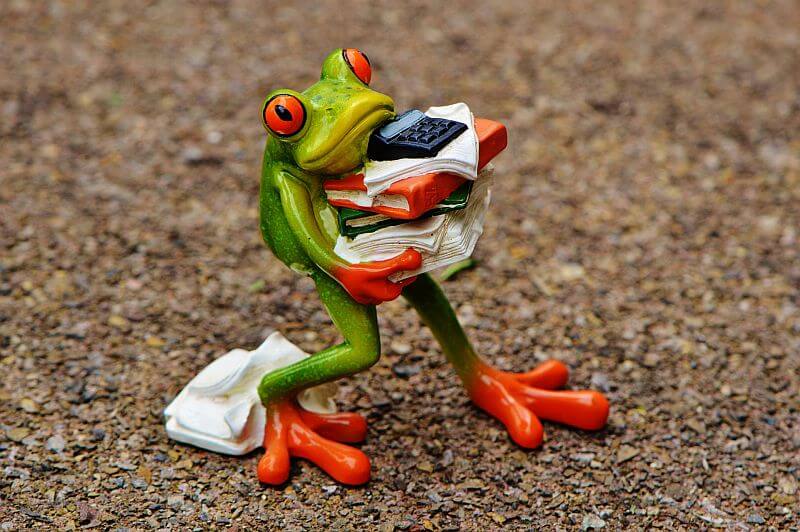Stress Management is key to success in school.
At AJ Tutoring, our goal is to help as many students as possible with academic subjects, test-taking preparation, and the college admission process with as little stress as possible. To achieve this, we need to know what stress is, why it exists, what it looks like, and what we can do to manage it.
What is stress?
Stress is the attempt of the body to get back to equilibrium (homeostasis) as fast as possible after an irritating stimulus. The term was introduced in 1936 by the Austrian-Canadian doctor Hans Selye to describe the reaction of biological systems to pressure. The term was meant to describe what happens in the body in such situations neutrally.
Is stress needed?
There are two types of stress: negative stress triggered by “seemingly impossible situations” and positive stress triggered in situations subjectively perceived as manageable.
It’s important to note that humans couldn’t possibly live without stress, and it produces a heightened action potential needed in many situations. For example, when taking the SAT, it’s healthy to be a little nervous: you simply understand the stakes of the college admissions process and want to do your best.

Eustress vs. Distress
Eu–stress
(Greek “eu” = “good”)
Exciting stress, vital:
Eustress is a situation, which we perceive as increasing our well–being.
Dis–stress
(Greek “dis” = “against”)
Life endangering stress:
We feel burden or pressure from inside or outside.
Stress Managment – What can we do to combat stress?
- Learning how to regulate stress
- One solution consists in switching from problem–oriented (pathogenesis) to solution–oriented thinking (salutogenesis). Check the task at hand: Is it a real task or a very urgent task? Could it be a self–imposed task, which can be reduced by your own means? For example, instead of fighting the disease you improve health. Health isn’t only the absence of disease but the presence of life quality.
- Reducing trigger which lead to negative stress and increasing trigger which lead to positive stress
- Daily increase stress resistance through training
- Daily relaxation and mindfulness exercises
- Conscious exercise and nutrition
- Physical movement is paramount to be able to reduce stress — at every age. We need movement to remove the stress hormones from our system. If not removed from the system, the stress hormones accumulated through a sedentary lifestyle correspond to an overexploitation of the energy reserves.
- The smallest effort get the stress hormones active and they get the energy form the blood and the liver. The resulting exhaustion from this permanent stress has a big psychological impact, too.
- Living mindfully
- Mindfulness is the attempt to stay as present as possible in the present moment. The informal practice is doing this in daily life. Occurring thoughts and feelings are noted as an outside observer.
- Be prepared
- At AJ Tutoring, we often find that consistent practice, expert coaching, and hard work over time can work to build both competence and confidence in students. Whether it’s a commitment to better study skills techniques or a desire to excel on high school entrance exams, AJ Tutoring can provide support and a tried-and-true path to maximizing your performance while help manage stress and keeping stress to a healthy minimum. Please give us a call to learn more!

